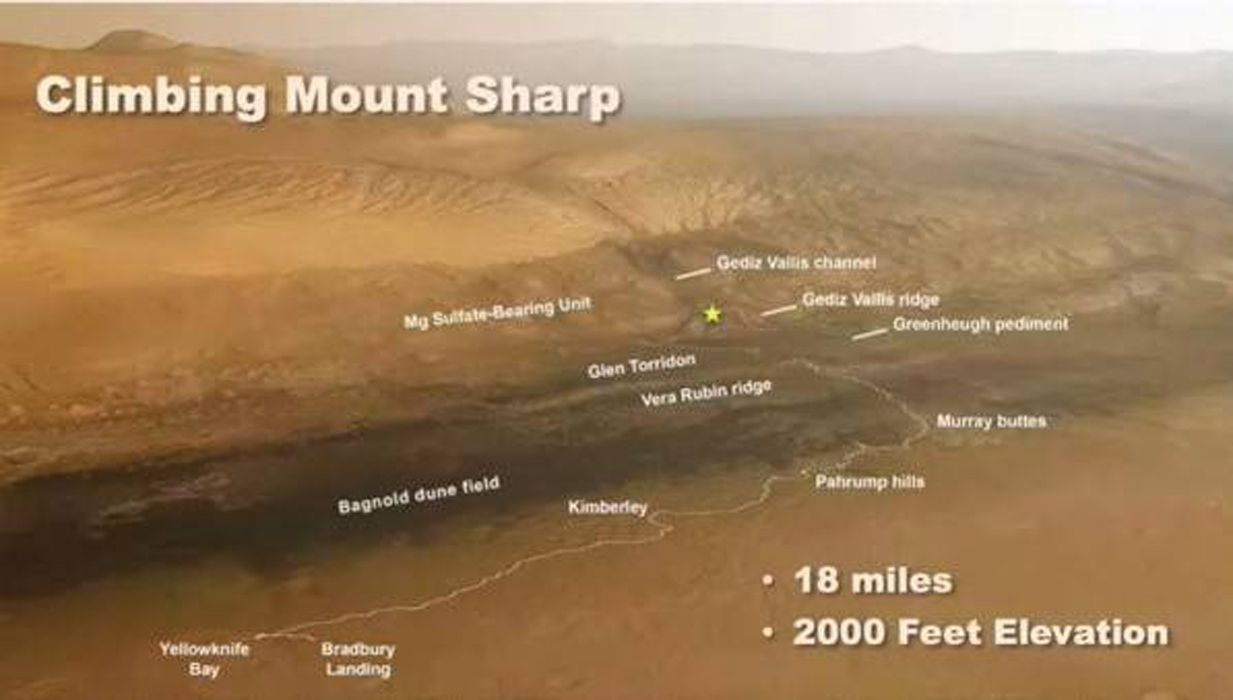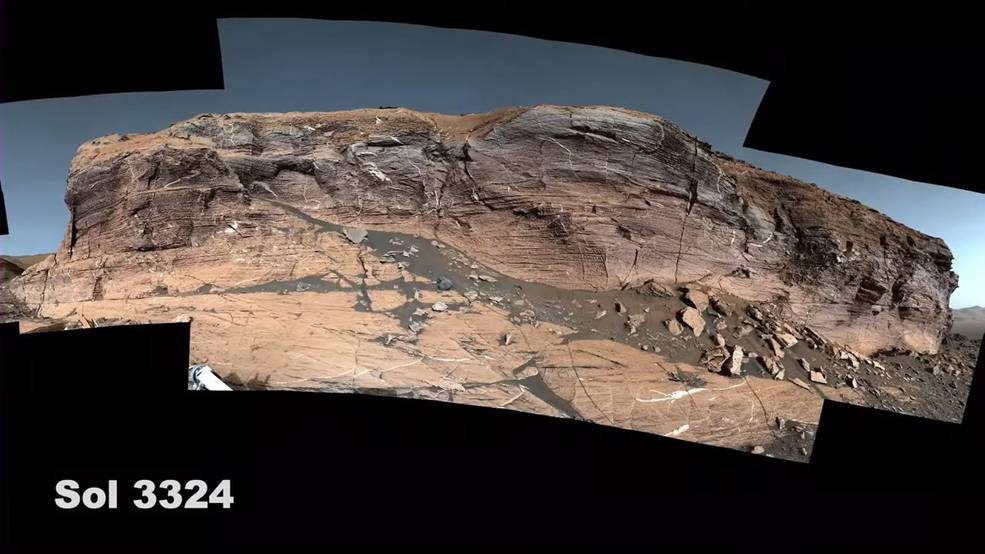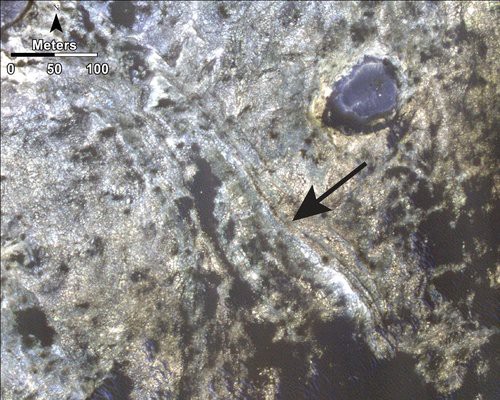Researchers have presented evidence that water and wind were both responsible for the shaping of Aeolis Mons within Gale Crater on Mars.

NASA’s Curiosity rover landed on the red planet ten years ago. Since then, it has traveled over eighteen miles along the surface, trundling slowly as it gathers massive amounts of data, searching for evidence of flowing water.
The landing site of the rolling laboratory is Gale Crater, an impact crater created at least 3.5 billion years ago. The crater is full of sediments, making it a prime target for understanding some of Mars’ wet history, especially with Aeolis Mons — also known as Mount Sharp — in the middle. As Curiosity approached the small mountain and started climbing its slopes, images revealed sedimentary layers in detail, likely created by water-eroded lake deposits.
Mount Sharp is about 1,300 feet high, and the depositional layers represent millions to tens of millions of years’ worth of deposited sand and mud. Curiosity not only took images of the formations but also collected samples of the rock and soil which were then analyzed with the onboard instruments. With more than 700 published papers to date, scientists around the world have discovered evidence of Mars’ ancient, wet past — a past that could have been habitable for life.

Now, in a new paper recently published in the Journal of Geophysical Research: Planets with lead author Jessica Watkins, researchers have presented evidence that water was not the only erosional force responsible for the shape of the terrain. Co-author John Grotzinger explains: The work of erosion on Mars is driven principally by the wind which acts like a feather duster over hundreds of millions to even billions of years. This is very different from Earth, for instance, where the extreme ruggedness of the San Gabriel mountains [in southern California] is created by torrents of rainwater dissecting the landscape over relatively brief periods of geologic time.
There are several distinct reasons for the difference in erosional processes between Mars and Earth. First, much of Earth’s land formation is related to plate tectonics. For example, two continental plates push up against each other, such as in the Himalayas, and they cause an uplift that builds mountains. At the same time, rivers in the region continue to cut down through the rock, resulting in deep canyons and exposing rocks from past millennia. Earthquakes can bring mountain slopes down; volcanoes can create new landmass — all as a result of tectonic processes.

And although the InSight lander has detected hundreds of small marsquakes, there is no evidence of tectonic activity. Instead, the surface of Mars is shaped by wind erosion.
In addition to Mars not having plate tectonics, the atmosphere of the red planet is a mere one percent that of Earth. As a result of that massive difference, much of the planetary society community downplayed the role of wind erosion on Mars. Wind may not play much of a role in the present day, but the evidence suggests it played a pivotal role billions of years ago. As the press release explains: …the [300-meter thick] Murray formation — which was formed from sediments deposited by water — has been eaten away from the top down. Further, the sediments deposited on top display a cross-bedding that is indicative of ancient sand dunes marching across a desert, driven by wind. On the whole, the landscape looks like a wet environment that was taken over by the Gobi Desert.
By documenting the many cycles of erosion, scientists can better understand the changing environment on Mars, and as Grotzinger notes: All of this helps us understand how Mars works overall and will inform scientists interpreting the observations of the Perseverance rover as well.
While we wait for the Mars Sample Return mission to bring us rocks from Jezero crater, both Curiosity and Perseverance continue to bring us amazing science.
More Information
Caltech press release
Curiosity Celebrates 10 Years on Mars (NASA)
“Burial and Exhumation of Sedimentary Rocks Revealed by the Base Stimson Erosional Unconformity, Gale Crater, Mars,” Jessica A. Watkins et al., 2022 June 8, JGR: Planets
This story was written for the Daily Space podcast/YouTube series. Want more news from myself, Dr. Pamela Gay, and Erik Madaus? Check out DailySpace.org.
This article was originally published for medium.com.





